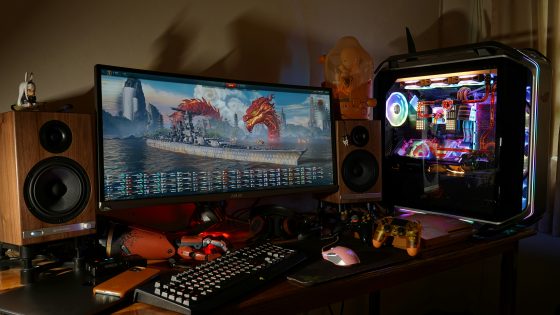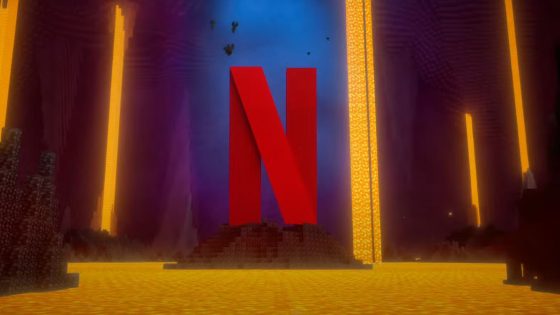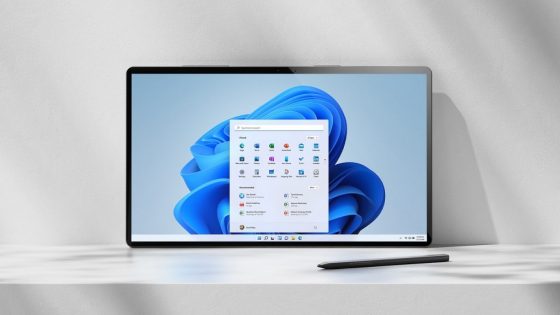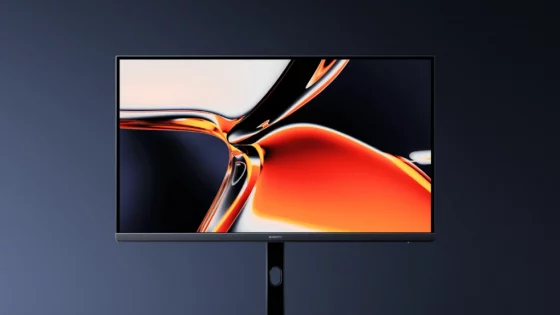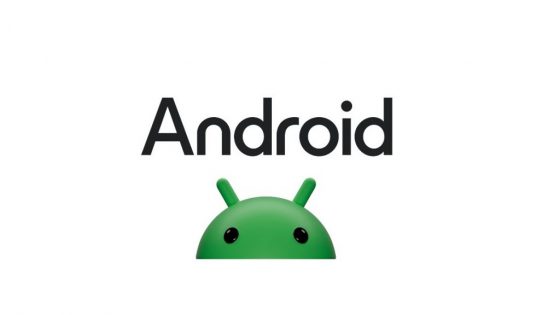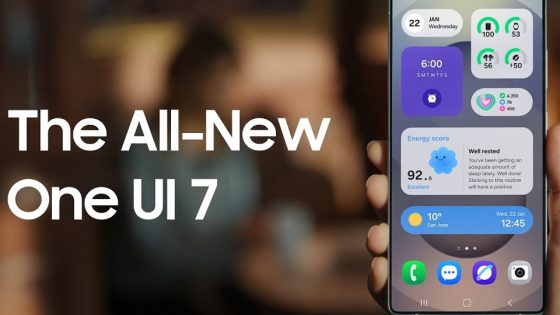Meta released the biggest and best open source UI mockup yet
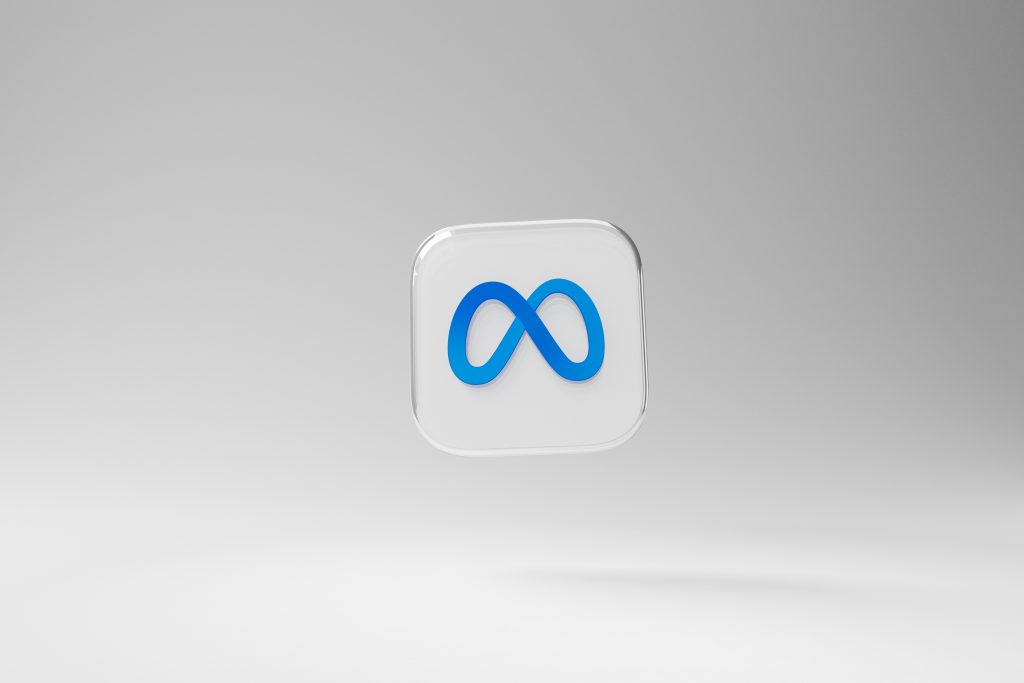
Back in April, Meta announced that it was working on the first AI model of its kind: an open source model with performance comparable to the best private models from companies like OpenAI.
Finally, the announced model is here. Meta has released Llama 3.1, the largest open source AI model to date, which the company claims outperforms GPT-4o and Anthropic's Claude 3.5 Sonnet in many parameters. Meta now makes the Meta AI assistant, based on Llama, available in more countries and languages, and at the same time adds a function with which it is possible to create images based on the specific preferences of an individual. CEO Mark Zuckerberg now predicts that Meta AI will be the most widely used UI assistant by the end of the year, surpassing even ChatGPT.
Llama 3.1 is a much more complex model than Llama 3, which was released a few months ago. It is trained on 15 trillion chips, for which they used more than 16,000 Nvidia H1000 cards. The model consists of 405 billion parameters, i.e. numerical values in the neural network. As expected, Meta does not want to release the development cost of the new Llama 3.1 model, but it is clear that if we judge by the price of individual Nvidia chips, we are talking about hundreds of millions of dollars.
So, given the cost, why does Meta continue to license Llama and only require approval from companies with hundreds of millions of users? In a letter published on the company's Meta blog, Zuckerberg argues that open-source AI models will outpace — and are already improving faster than — proprietary models, much like how Linux became the open-source operating system that powers most phones, servers and devices today. "I believe that Llama 3.1 will be a tipping point in the industry, where most developers will start using primarily open source,” says Zuckerberg.
Meta is working with more than two dozen companies, including Microsoft, Amazon, Google, Nvidia, and Databricks, to refine Llama 3.1 and help developers deploy their own versions. Meta claims that Llama 3.1 costs about half the price of GPT-4o to run in production. Meta has also made the model's weights public, so companies can train it on their data and adapt it to their preferences.
Meta isn't saying much about the data it used to train Llama 3.1. People who work at AI companies say they are withholding this information because it is a trade secret, while critics say it is a tactic to delay the inevitable onslaught of copyright lawsuits to come.
Meta's own rendition of Llama is its UI assistant, which is a general chatbot like ChatGPT and can be found in almost every part of Instagram, Facebook and WhatsApp. Starting this week, Llama 3.1 will first be available via WhatsApp and the Meta AI website in the US. Instagram and Facebook will follow in the coming weeks.
While the most advanced Llama 3.1 model with 405 billion parameters is free to use in Meta AI, the assistant will switch you to a reduced model with 70 billion once it exceeds an unspecified number of prompts in a given week. This suggests that the $405 billion model is too expensive for the Meta to operate at full scale.




